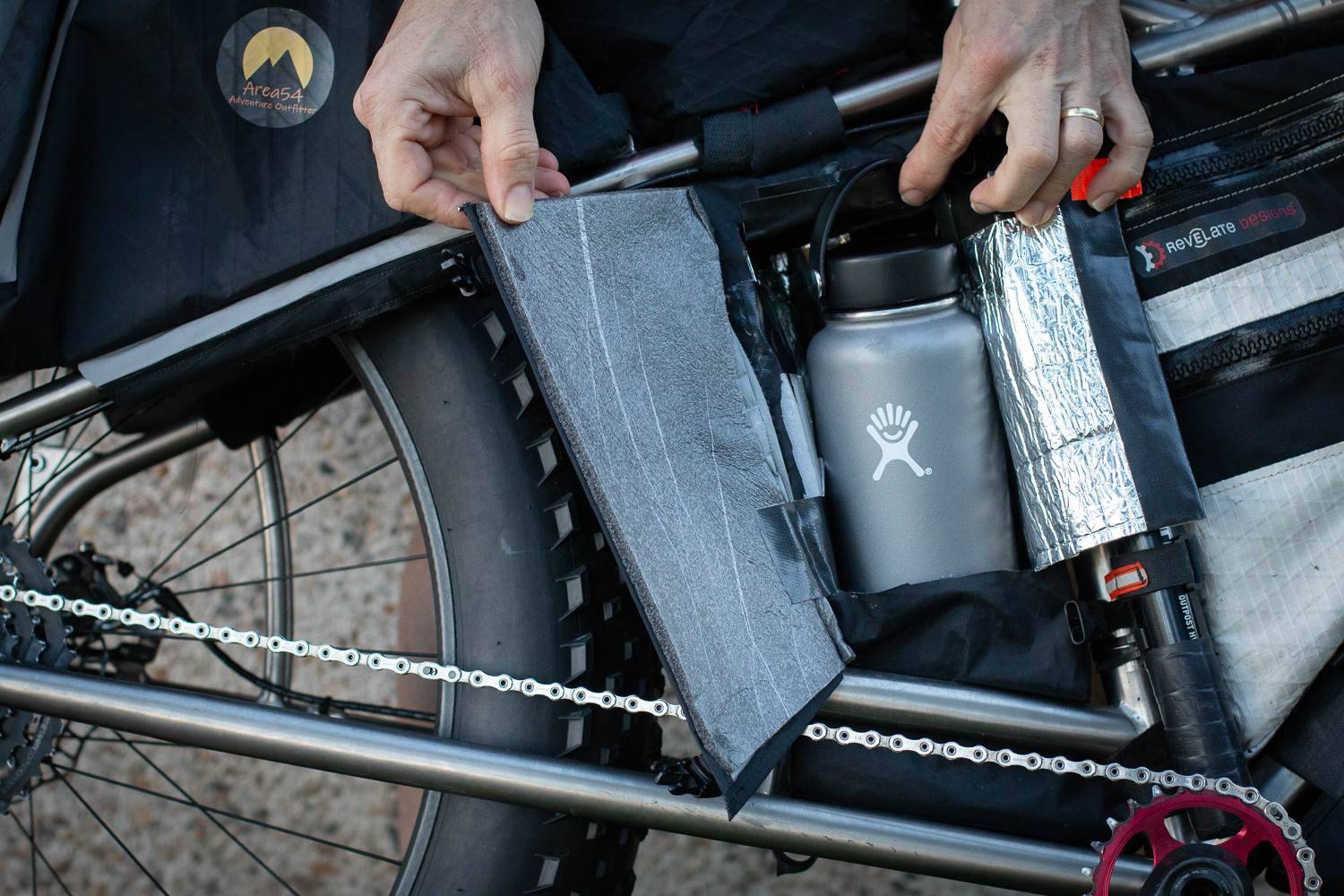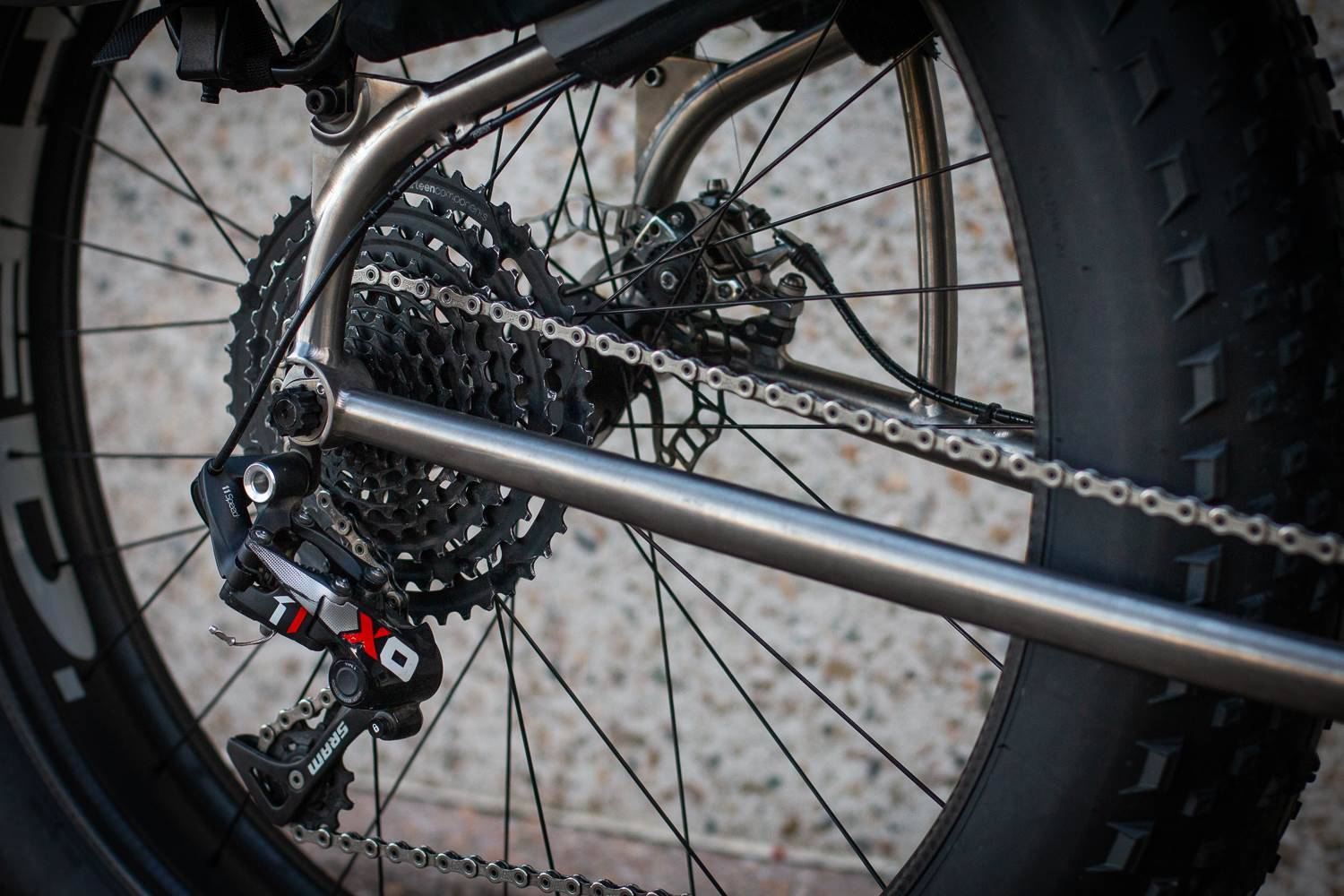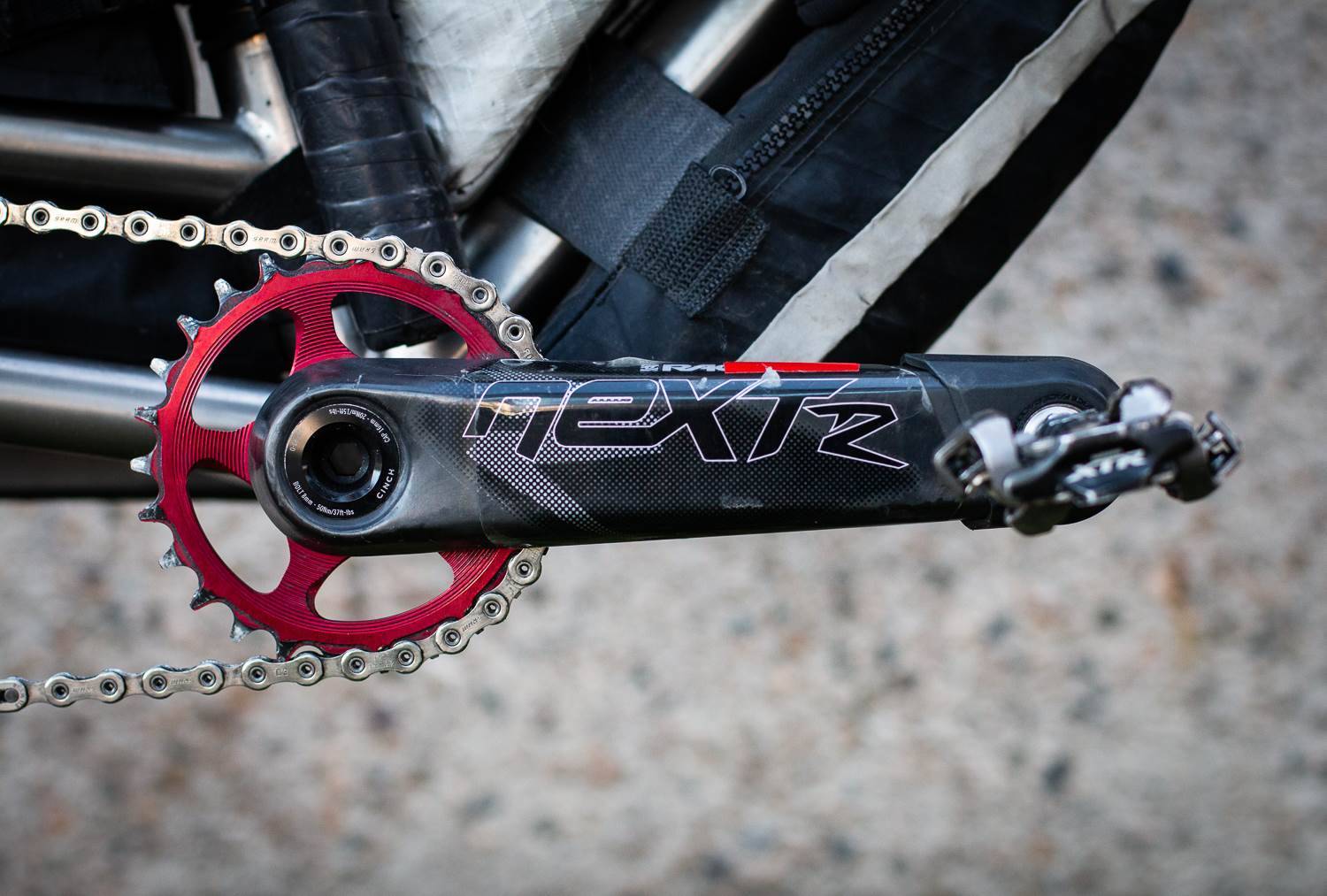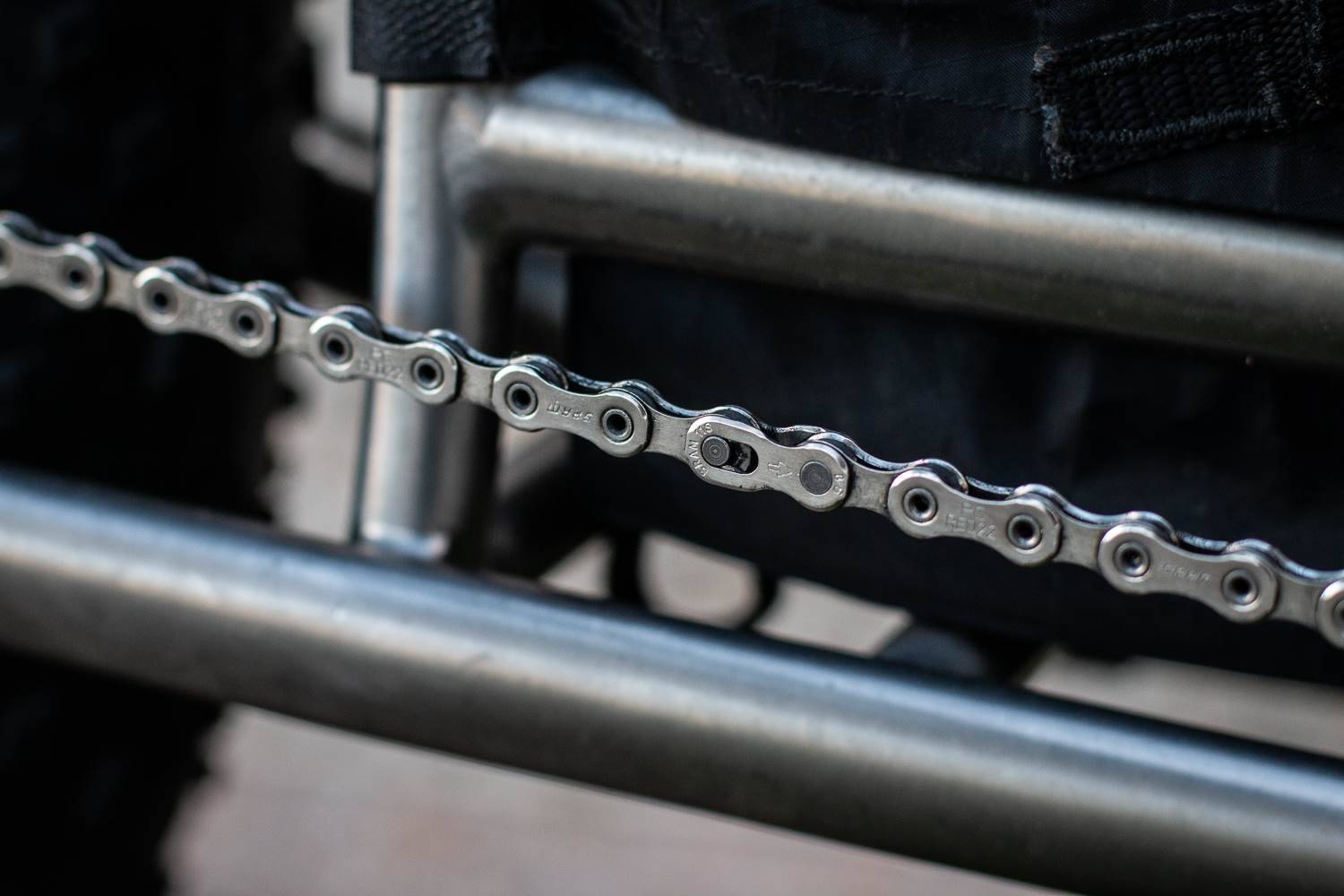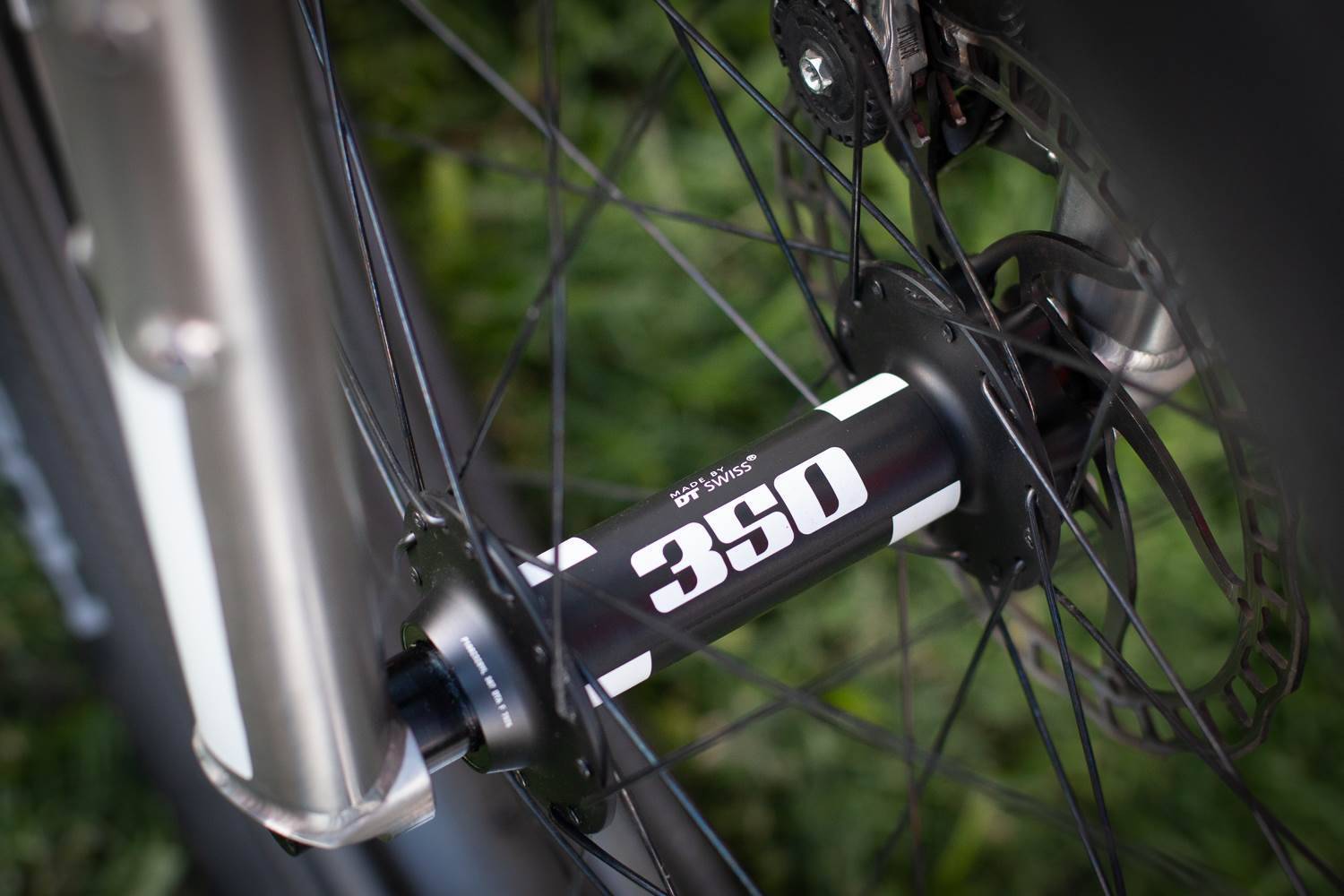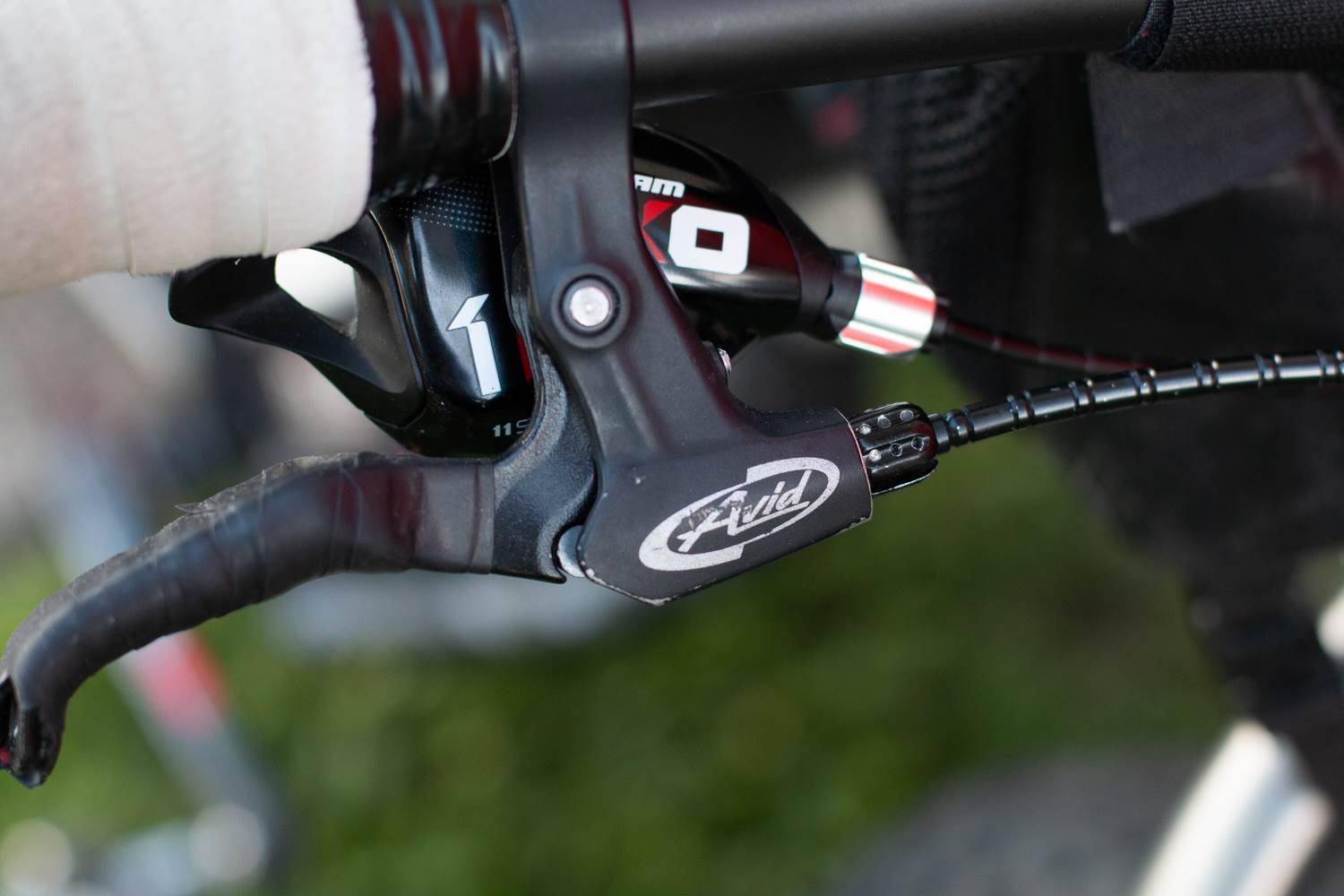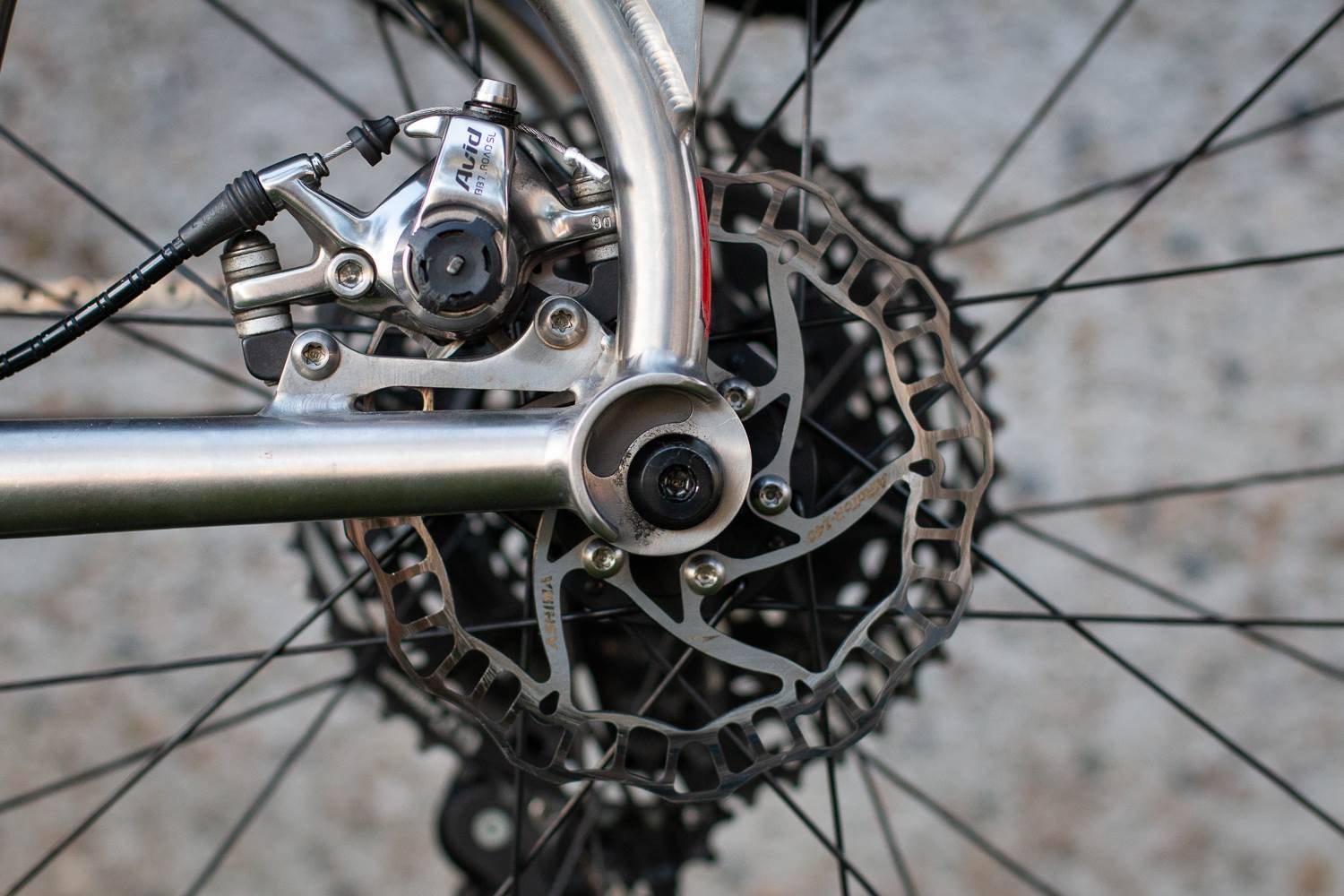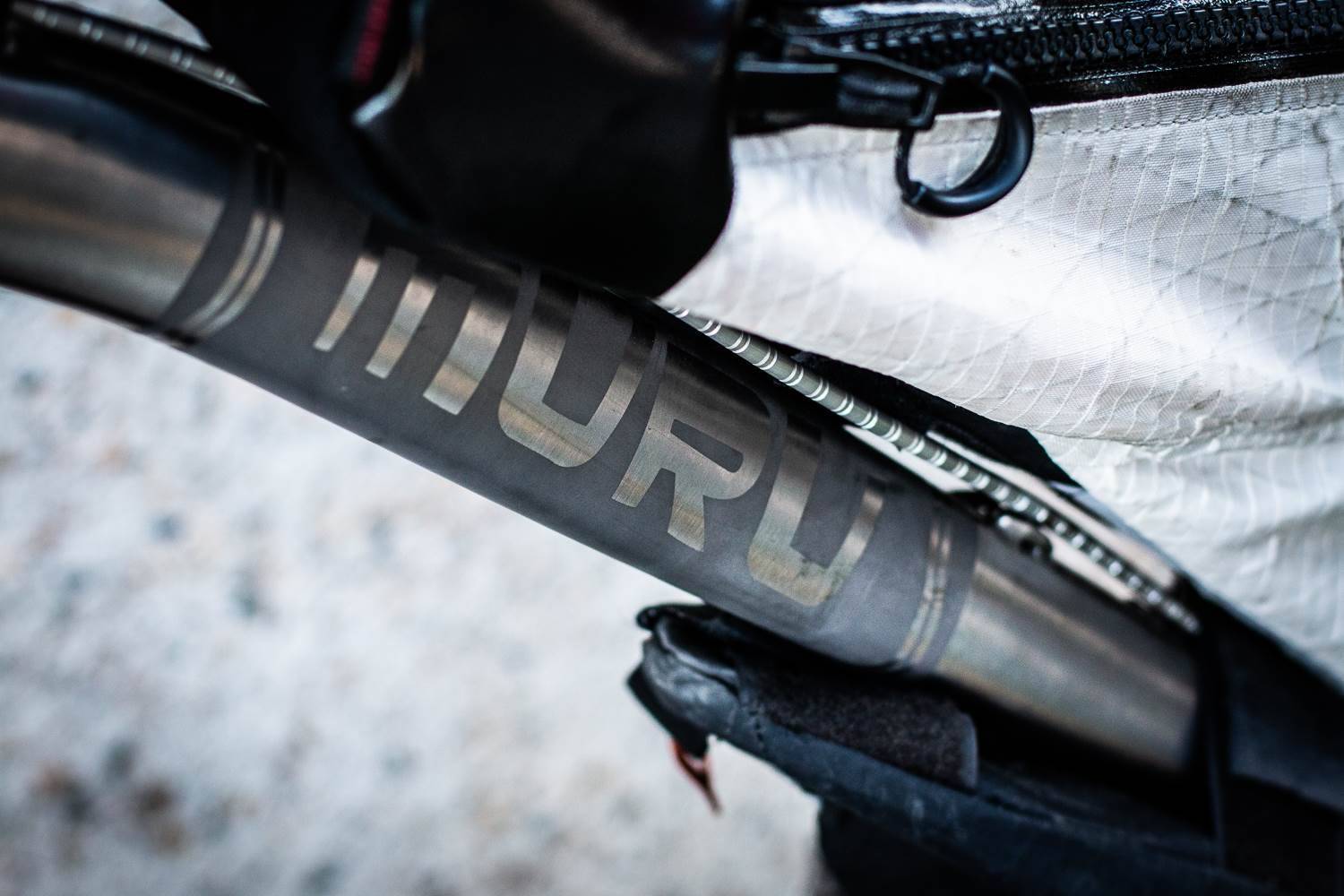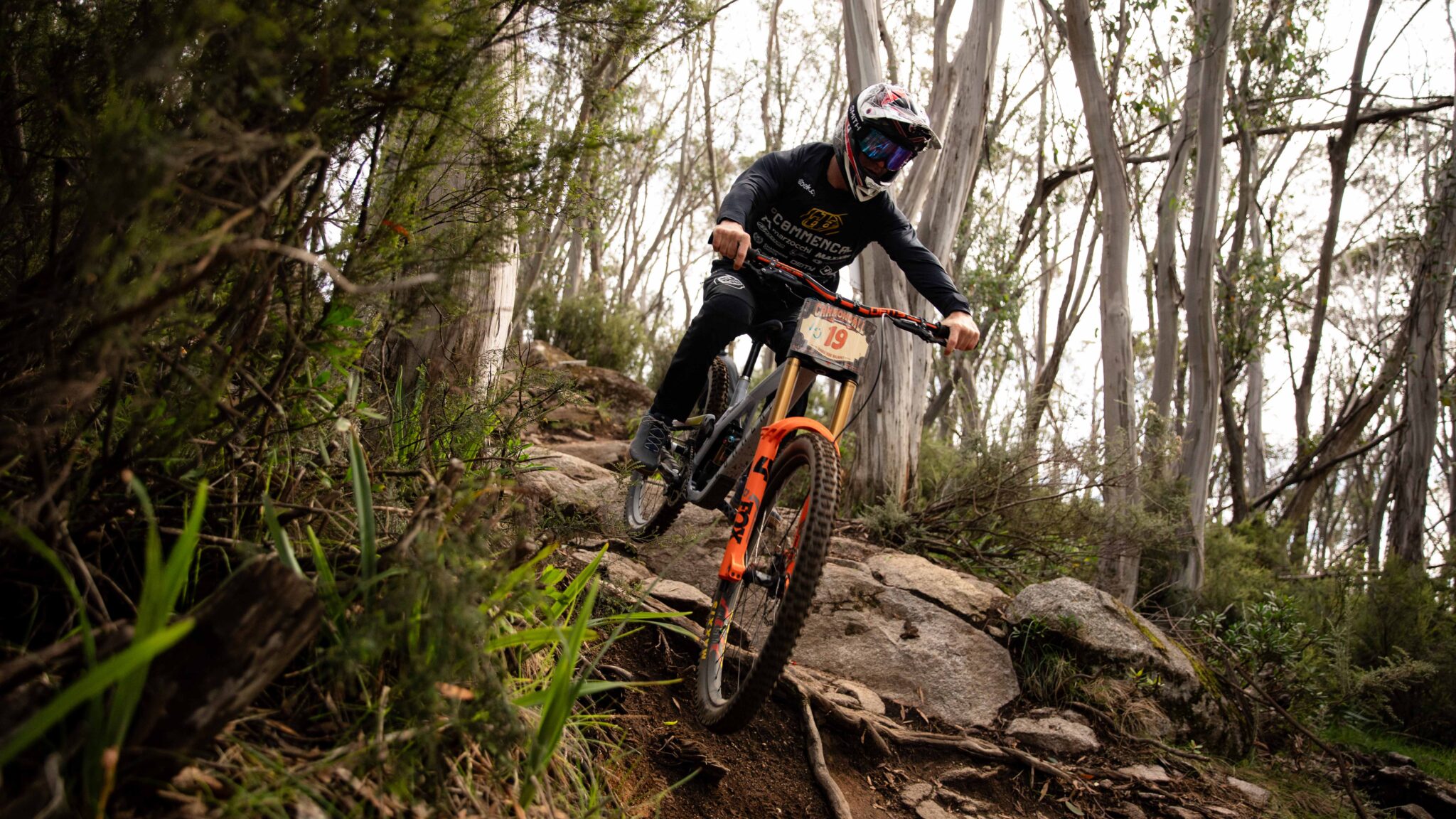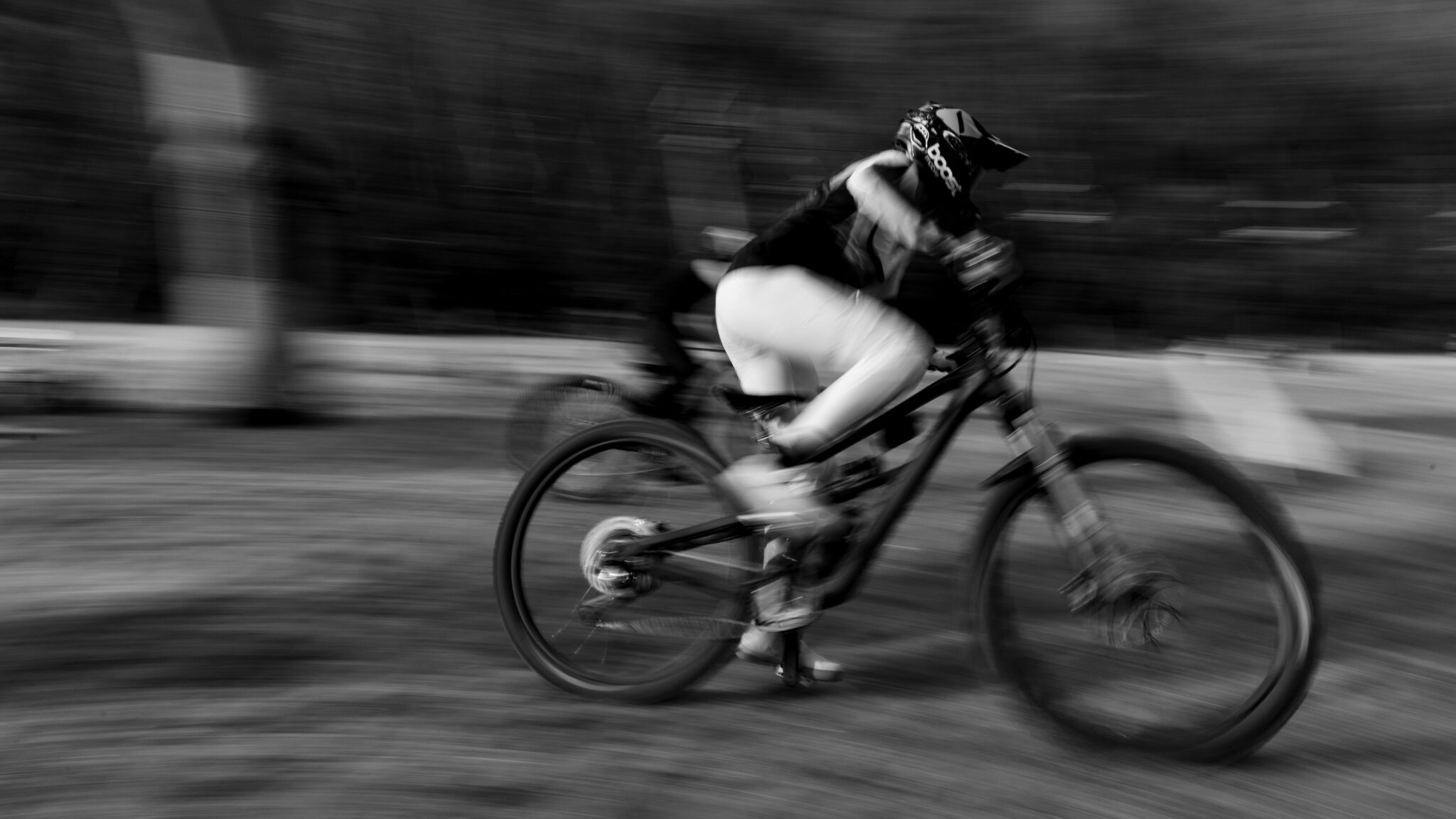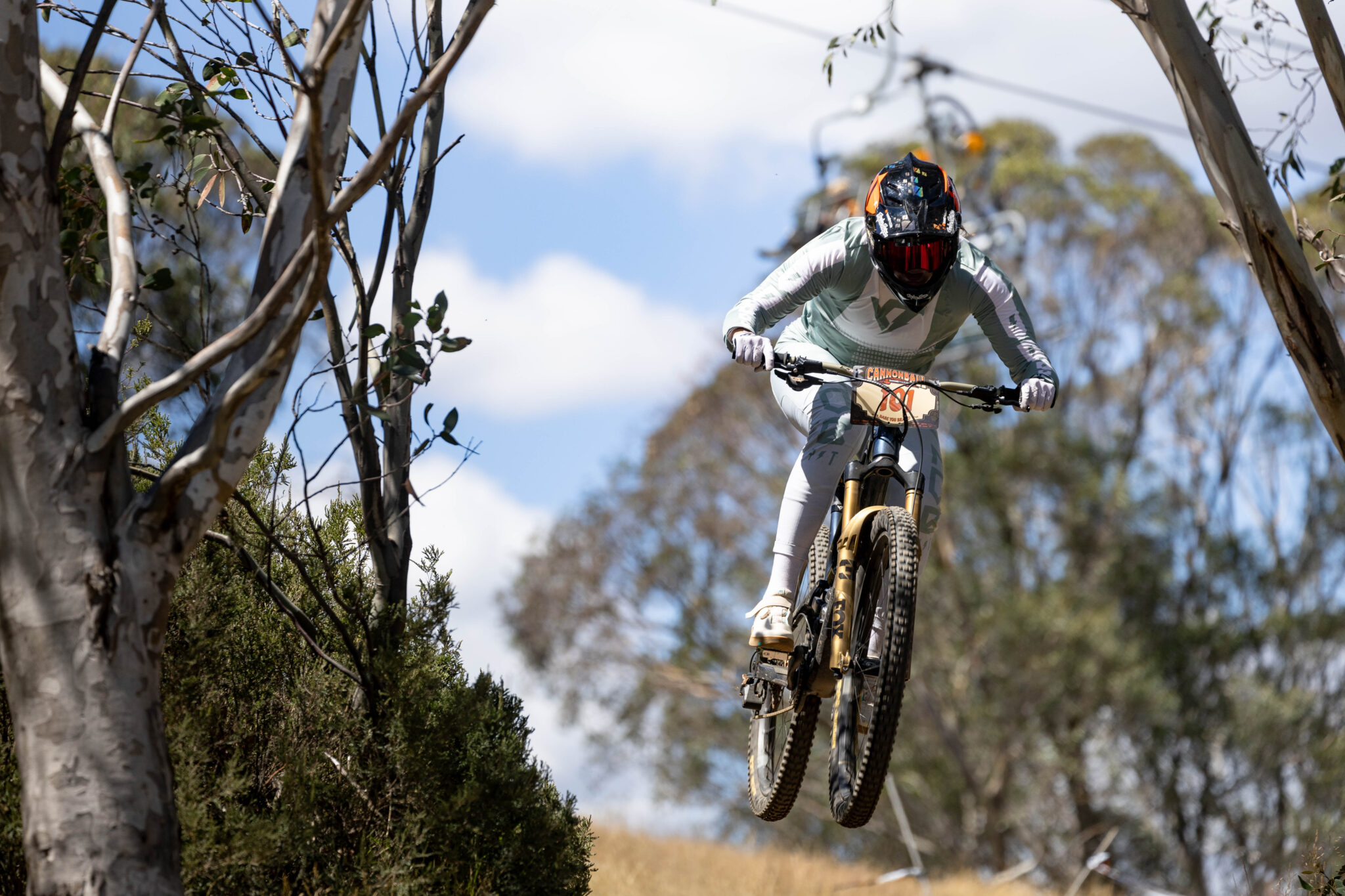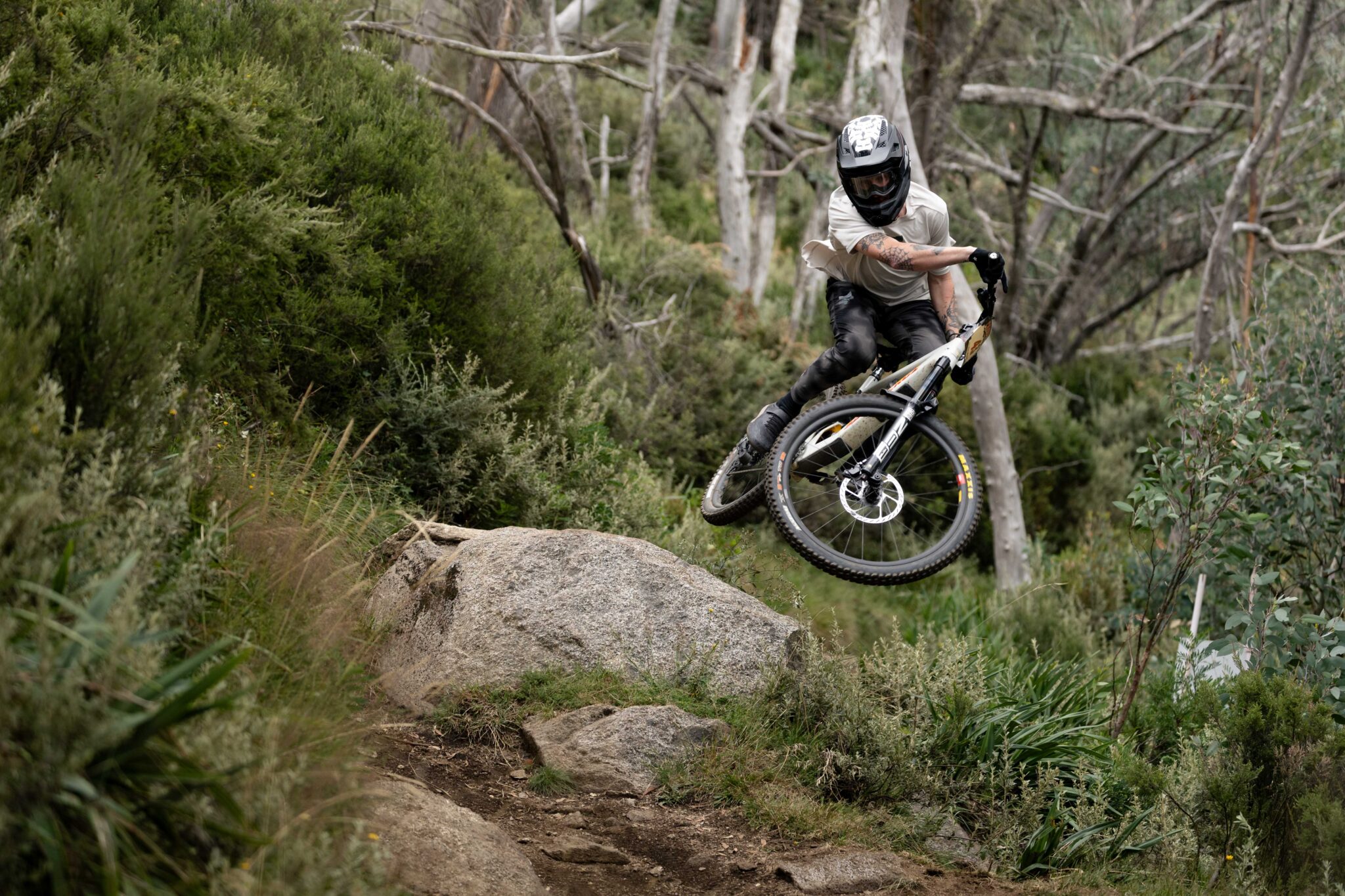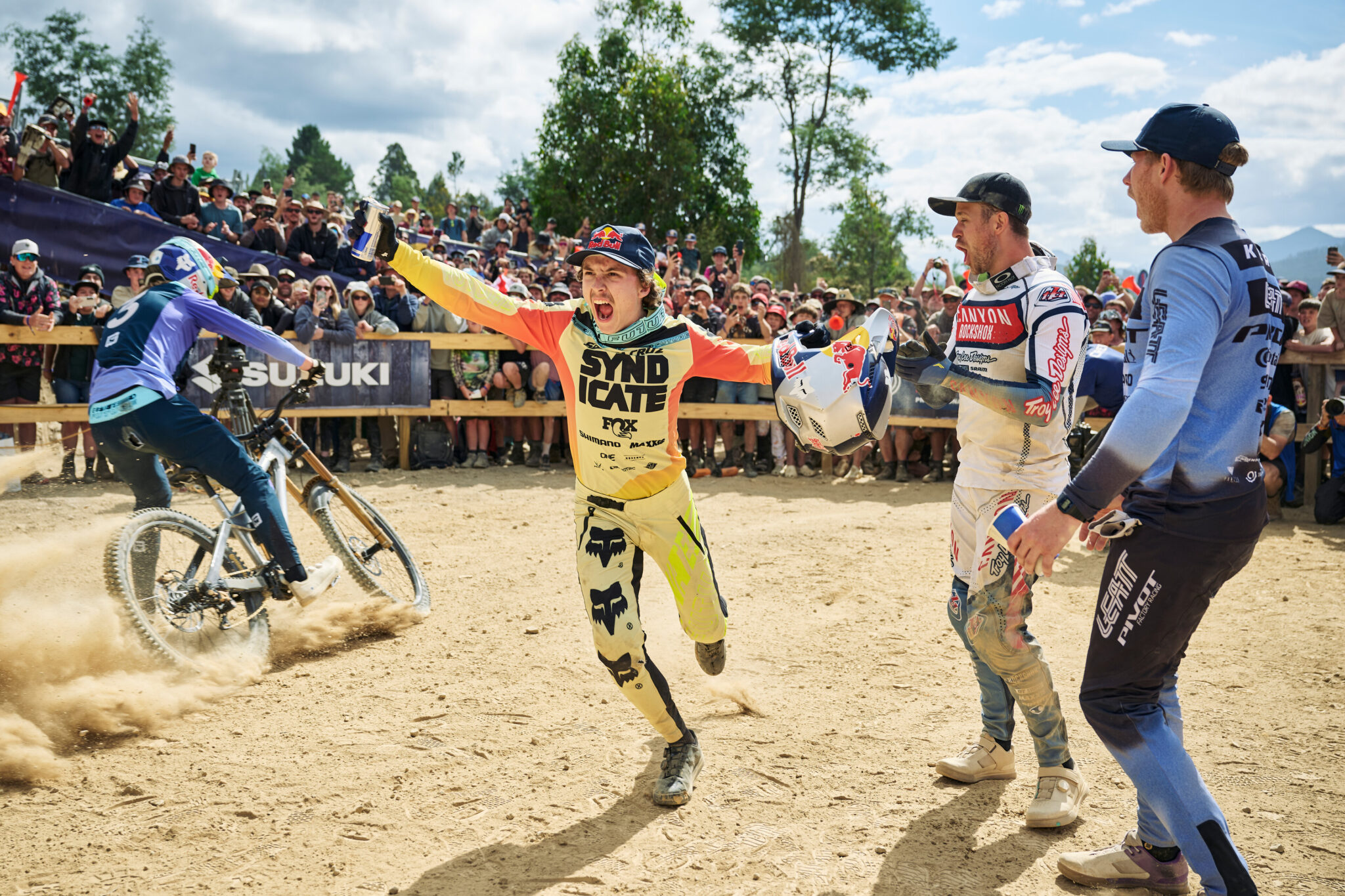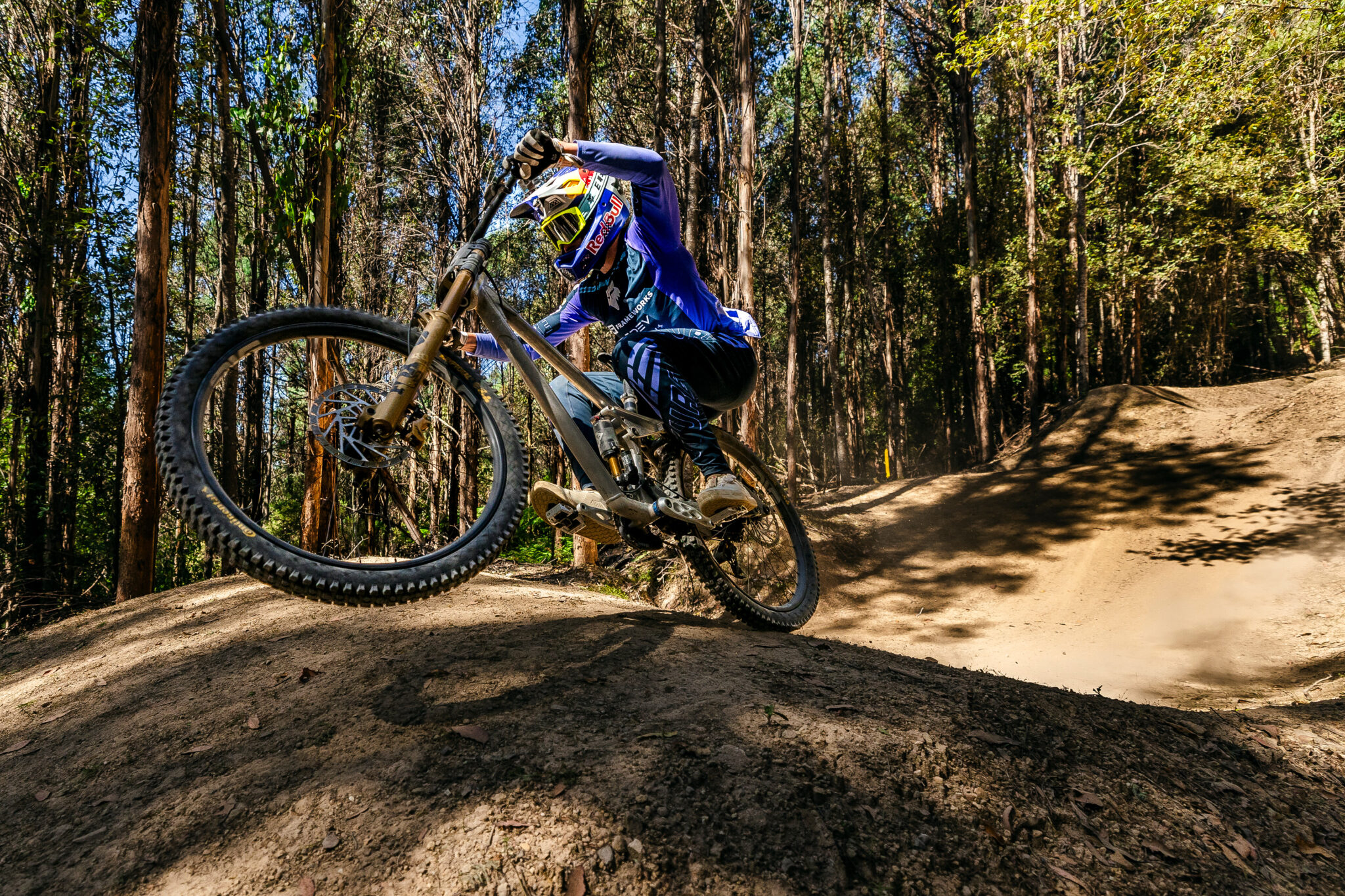What bike for the Iditarod Trail Invitational?
Right now, Troy Szczurkowski is battling the Alaskan elements at the Iditarod Trail Invitational - 1000 miles across this frozen wilderness. Here's a look at his bike from last year.
Troy Szczurkowski has recently tackled the gruelling test of endurance – the Iditarod Trail Invitational. The demanding race covers 1000 miles (so over 1600km) from Anchorage to Nome in Alaska. And you’re right, there is a lot of snow and ice there at the moment! This year especially has heavy snow conditions, with dozens of riders from the 350 mile and 1000 mile events having pulled out already.
Last year, we caught up with Troy soon after he arrived home from Alaska. Troy was 3rd in 2019, in a race time of 19 days and 16 hours – just a few hours behind the winners. Troy lives just south of Brisbane, a far cry from the wilds of Alaska. We took a look over his bike and learnt about the drive and perfectionism required for such an event. With an event this long a lot of the responsibility is on your shoulders. What do you carry? When do you sleep? For how long? It’s a contstant process of decision making and strategising.

“The gun goes off at the start and the decision is on you for when you stop,” said Szczurkowski. “No matter what comes along, they don’t stop the race. We had 20% of the field scratch from the race in the first night, it was -25C on the 90 mile river section.”
Troy’s bike is specced from experience, having done the 1000 mile event 4-times (and currently on his 5th) plus doing the 350 mile event once. So he’s learnt what works. He focuses on keeping energy expenditure to a minimum, and having smart systems. These two concepts complement each other.

“I ride a rigid race plan that is always at the back of my mind, so it means I am always strategising. People often ask that if you’re on the bike all day and night, what am I thinking about, it must get boring? But no, every 15 minutes you’re doing a self-diagnostic check of your body and bike.”
Troy’s Muru Iditarod LE is a long wheel base fat bike, keeping gear storage to the back of the bike. Sure, it doesn’t rail twisty singletrack. But it’s stable when loaded, and with a CaneCreek Viscoset head set it’s stable when you’re sleep deprived and flirting with hypothermia.
“We wanted to make the bike lower, so we dropped the bottom bracket a significant amount to get the seat height lower. it’s then easier to dab or stop and start in marginal conditions.”
Having carried a lot of gear on the front for previous years, a benefit of the storage behind the seat tube was keeping liquid, liquid for longer. Less time melting snow, and less fuel to be carried as well.
